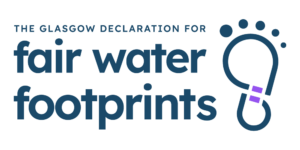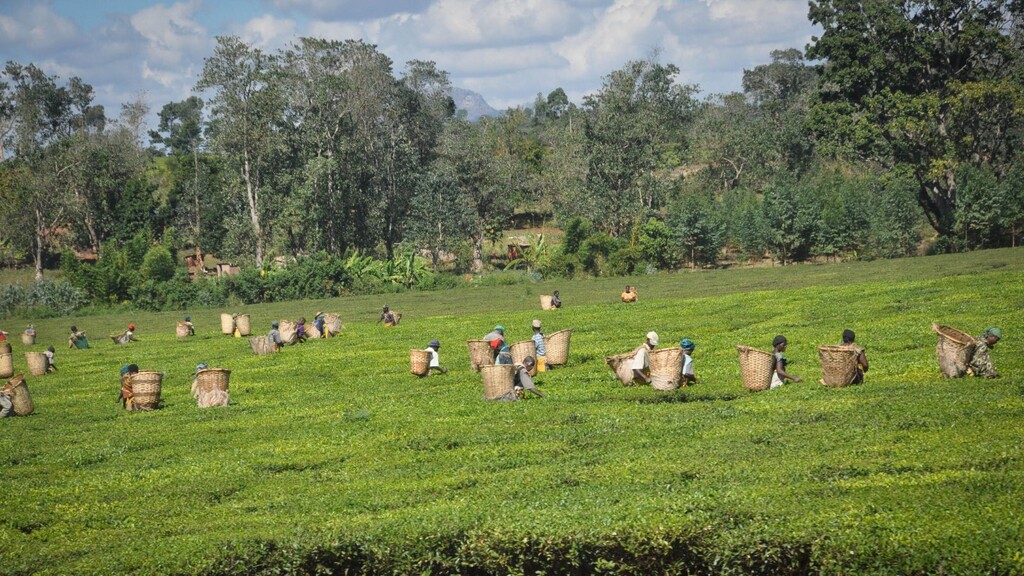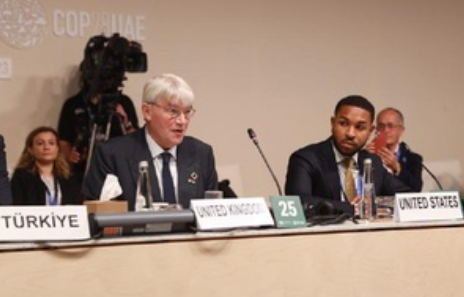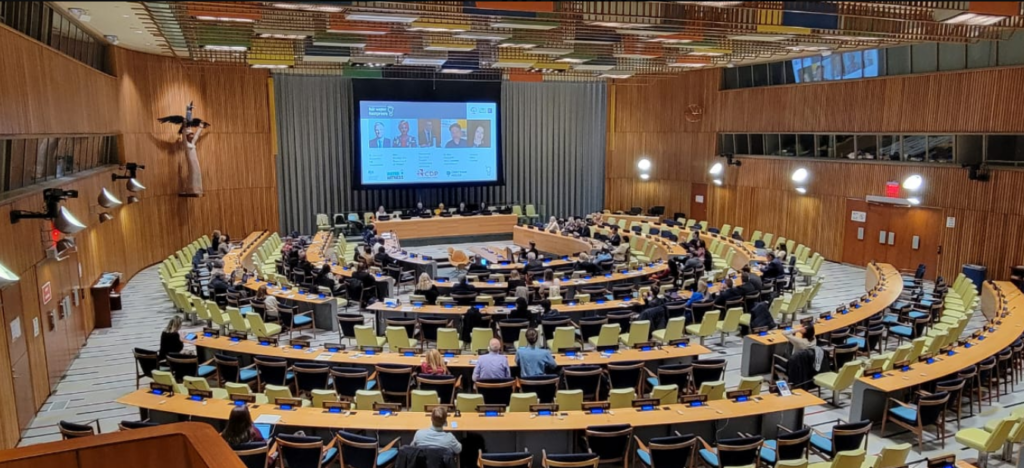Recent investigations into the water footprint of the textile industry in Hue, Vietnam finds locals struggling with the long term effects of environmental pollution.
Despite the undeniable contribution to Vietnam’s economic growth, the impacts of the textile and garment industry on local communities and water resources are well hidden. Recent investigations into the water footprint of the textile industry in Hue, Vietnam finds locals struggling with the long term effects of environmental pollution caused by a nearby dyeing factory.
“Every day I wake up in the morning, I do not feel comfortable. I always feel like there is a weight on my mind, having to worry about the unsafe environment my family is currently living in. These small children, my grandchildren, if we do not give them a clean environment with clean air and clean water, their mind and their body won’t develop in a normal way.”
– Elderly resident, Hue, Vietnam
While Vietnam has abundant and clean water, urban and industrialised areas put downstream water resources at risk (WEPA, 2017). The textile and garment sector is well known for its excessive water withdrawals and water pollution has been identified as carrying some of the highest water risks, mostly due to the wet processing of fabrics.
Although the weaving and dyeing factory in Hue didn’t make the headlines until 2018 and 2019, residents report that irresponsible water use has polluted the water and air for those living close to the factory since 2008. During this time, the community have suffered from deteriorating health symptoms, such as headaches, dizziness, faints, and inhaled allergies. Accumulated stress caused by the weariness of the polluted environment, the deteriorating well-being of oneself and family members, and the worries about the unknown future impacts, have all put a strain on their mental wellbeing. For these reasons, many community members have relocated to escape the pollution. However, those who cannot afford to leave have had to adapt; refurbishing their homes and staying inside to minimise the negative impacts of the pollution.
“Whenever they start discharging (the wastewater), this whole street right here stinks really bad. Since my house is just next to it (the factory), I cannot even open the door because I cannot stand the smell. But it (the smell) still comes in; my head always feels so heavy. It is just so stinky. It makes you feel dizzy like you do not even want to stay awake, your body just starts aching and feeling tired.”
Mr. Y.
Water pollution in Vietnam is exacerbated by low private sector investments in wastewater treatment. Investments made by the textile sector to treat wastewater only account for 1 per cent of the total investment of the top eight wastewater producing industries. In addition, the country’s ineffective water governance framework – due to its complexity and fragmentation of responsibility – also contributes tremendously to Vietnam’s water management issues (World Wide Fund; HSBC Water Programme; Tommy Hilfiger, & Vietnam Textile and Apparel, 2018).
The situation calls for urgent action, from the local and national authorities and from the multinational firms and international consumers. In the context on Vietnam and Hue, the Declaration for Fair Water Footprints can add a layer of incentives and accountability for exporting firms to act; bringing to light the shared responsibility we all have in calling for fairer and more sustainable water use across the globe, while also providing an avenue for concrete action.




